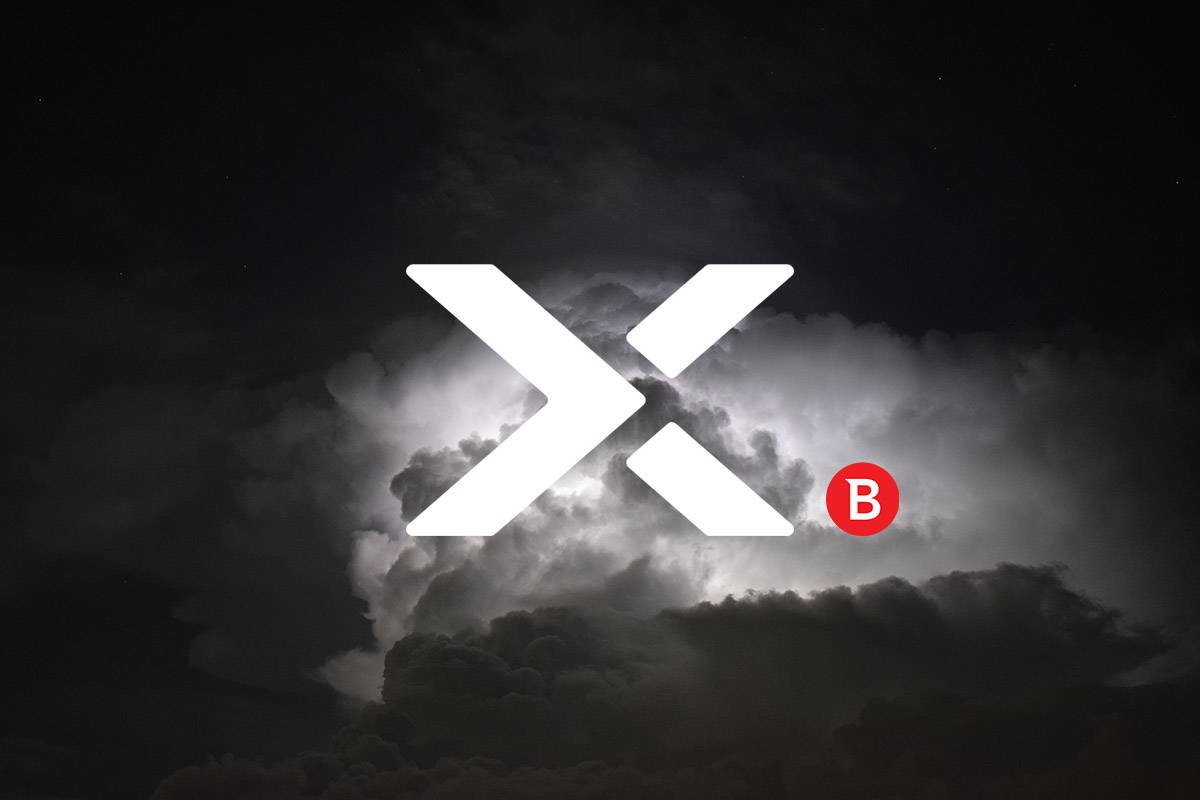GravityZone and Nutanix AHV: Security Efficiency for Cloud Workloads

As enterprises shift towards a cloud-first digital environment, the need to address an increased attack surface and new threats continues to rise. An organization’s use of cloud infrastructure promises efficiency and speed for a company's team of developers.
However, this tradeoff in operational efficiency doesn’t come without its own tradeoffs. If organizations don’t address and consider the associated cybersecurity risks, it can easily result in a data breach or accidental exposure.
Many cybersecurity solutions, however, end up compromising the operational efficiency brought on by cloud workloads. There’s too much noise, too many resources being utilized, and too much time, slowing down work, resulting in less productivity.
Organizations need to strike a balance and find the right security solution that provides centralized and streamlined security.
Cloud workload security challenges
As cloud workloads continue to expand and are of increasing importance to enterprises, companies should be aware of the following challenges.
Security is necessary
90% of the public cloud runs on Linux, meaning hackers can easily attack organizations by focusing on one OS. This is already resulting in real-world attacks and malicious actors will only get better.
Cloud workload security can quickly turn complex
Your cloud workload setup might already be complex enough and if you’re introducing multiple security vendors or trying to get your security team to work with another major security solution, it can become unwieldy. This can result in too many sources of information, too much noise, and difficulty wrangling all the security data. This can hamper detection and response capabilities, ultimately resulting in a lower security performance and ability.
Performance and efficiency can’t be compromised
Cybersecurity leaders need to be careful and find the right cybersecurity solution and technology for the environment. The wrong solution, or one that isn’t integrated with their environment, could lead to downsides that offset much of the efficiency brought on by cloud workloads.
Security solutions may take up too much CPU resources or result in slower app response times. Ongoing scanning and detecting may also be costly from a RAM standpoint, making it more difficult and resulting in a considerable lag time for your department. While you may end up with a secure environment, the efficiency tradeoff may be too high.
Bitdefender’s GravityZone integrates with existing cloud workload security solutions
Enterprises should look towards solutions that can provide the security their departments need without compromising on efficiency and productivity. For example, consider Bitdefender’s GravityZone integration with Nutanix AHV, a virtualization solution for enterprises.
Nutanix helps centralize virtualization management, streamlining operations across an organization’s cloud infrastructures, delivering optimal application performance while commanding a low total cost of ownership (TCO).
With Bitdefender’s integration, organizations can now reap these same benefits while still maintaining high security resilience. They can also expect:
Faster detection and response capabilities: Bitdefender provides real time data and automatically deploys security tools, resulting in a faster time to security so organizations can minimize their risk of a compromise causing too much damage.
Simplified security administration that’s scalable: Bitdefender’s GravityZone can be deployed anywhere within the enterprise cloud without the need of IT support tickets. This allows enterprises to expand and scale their infrastructure without any interruption in security.
Centralized management improves efficiency and visibility: GravityZone lowers infrastructure costs and increases utilization rate, resulting in up to 55% higher virtualization density.
A better end-user experience results in improved security: Because GravityZone is designed to minimize resource consumption, users can see up to 36% faster application response, and increased consolidation ratios of up to 35%.
Ultimately, this solution automates key security tasks, vastly improves the kind of data available to security teams, without slowing down your applications. This means your security team can focus on crucial tasks that can’t be automated.
Enterprises need cloud workload security that won’t interfere with productivity
Cloud workload security is the necessary next step for enterprise-grade protection but security leaders need to properly vet and understand the priorities needed for this kind of solution. While the risk is high, the decision to bring on a security solution is a business one and it’s not feasible to bring on a solution that’s going to slow down processes and hinder your development team.
Simplicity and streamlining security processes and tasks is key for efficiency and to help your security team realistically act when alerts or indicators of compromise show that a real threat may have entered your environment. Otherwise, you’ll have a team that is strapped for resources, meaning you may have to increase your headcount, something that’s not always available given budget and talent restrictions.
When considering cloud workload security - integrations are key. Nutanix recently validated GravityZone’s Security for Storage in a recent release. This automatically updates system and threat-detection algorithms without human input, streamlining security processes.
Learn more about how Bitdefender’s GravityZone Security for Servers can help you improve overall cloud workload cybersecurity resilience.
Additional Resources
Find out how to optimize data center security
Read our Nutanix Blueprint for a Secure Enterprise Cloud whitepaper
tags
Author

Josue Ledesma is a writer, filmmaker, and content marketer living in New York City. He covers cyber security, tech and finance, consumer privacy, and B2B digital marketing.
View all postsRight now Top posts
FOLLOW US ON SOCIAL MEDIA
SUBSCRIBE TO OUR NEWSLETTER
Don’t miss out on exclusive content and exciting announcements!
You might also like
Bookmarks











